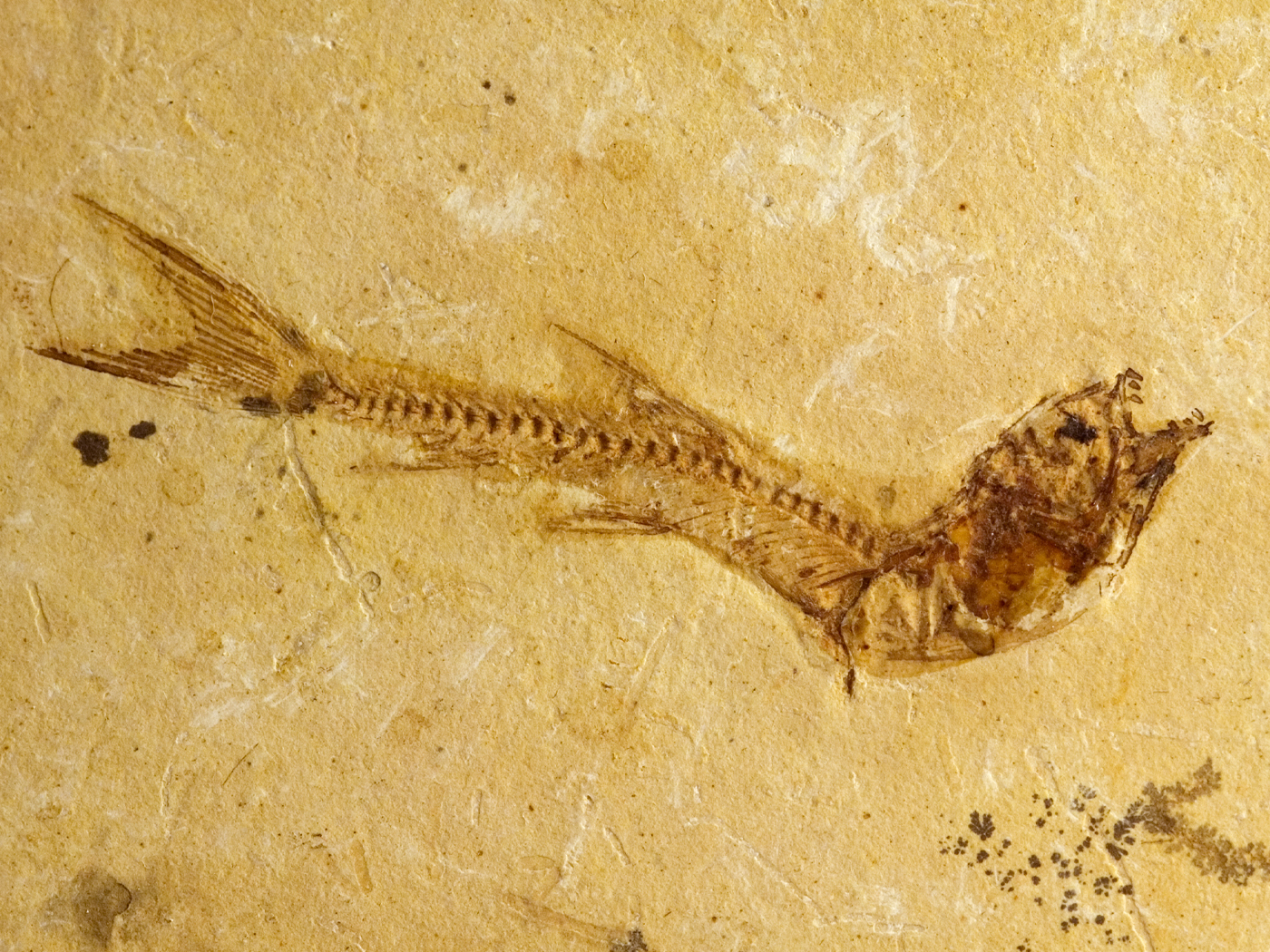Many origin of life researchers have for decades argued that the early earth must have had a “reducing” atmosphere, meaning that it had very little oxygen. This argument has no direct evidence to support it other than the knowledge that oxygen destroys the delicate molecules that comprise cells today. If the first living cells evolved, they would have needed an atmosphere with little or no oxygen. But new research supports the idea that the earth’s surface was always oxygenated, as would be expected if biblical history is true.
Oxidized metals in rock chemicals often appear red, like oxidized iron (rust). Ancient rocks called “red beds” indicate that some of the lowermost sedimentary strata were deposited in the presence of oxygen.1 Now, red rocks buried in Australia are also challenging evolution’s accepted timescale for the development of life.2
Geologists at The Pennsylvania State University drilled into the deep rocks for pristine samples. They knew that if the rocks from that depth were red and crystallized as a whole unit, then they must have formed in the presence of oxygen.
That is exactly what they found.
So, these geologists have painstakingly ruled out the absence of oxygen from earth’s atmosphere at the time these ancient rocks were formed.
The creation-flood model predicts the presence of oxygen from the very beginning, which is supported by this research in Australia. Based on the worldwide water cataclysm recorded in Genesis, evidence might also be found in some locations of prior extreme heat, which would have resulted from the cataclysmic breaking up of the great deep,3 as well as from the accelerated nuclear decay that must have occurred.4 Consistent with this, Penn State researchers found that these particular rocks “could only happen if the deep ocean contained oxygen and the iron rich fluids came into contact at high temperatures.”2
The results from these rocks have even more implications: “To have this amount of oxygen, the Earth must have had oxygen producing organisms like cyanobacteria actively producing it, placing these organisms much earlier in Earth's history than previously thought.”2 Now, the evolutionary story must be amended yet again. This stands in stark contrast to the biblical record, which came from God Himself and remains changeless.
No rocks have yet been discovered—not even deep down—that have an oxygen-free composition. The earth’s crust apparently was always under an oxygenated atmosphere, which can only be maintained by living things. Perhaps life was specially placed on earth at its very beginning—like these rocks indicate and Genesis teaches.
References
- “The existence of early red beds, sea and groundwater sulphate, oxidized terrestrial and sea-floor weathering crusts, and the distribution of ferric iron in sedimentary rocks are geological observations and inferences compatible with the biological and planetary predictions. It is suggested that from the time of the earliest dated rocks at 3.7 [billion years] ago, Earth had an oxygenic atmosphere.” Clemney, H. and N. Badham. 1982. Oxygen in the Precambrian atmosphere: An evaluation of the geological evidence. Geology. 10 (3): 141.
- Deep sea rocks point to early oxygen on earth. The Pennsylvania State University press release, March 24, 2009, reporting research published in Hoashi, M. et al. 2009. Primary haematite formation in an oxygenated sea 3.46 billion years ago. Nature Geoscience. 2 (4): 301-306.
- Genesis 7:11. See Austin, S. A. et al. 1994. Catastrophic Plate Tectonics: A Global Flood Model of Earth History. Proceedings of the Third International Conference on Creationism. Pittsburgh, PA: Creation Science Fellowship, 609-621.
- Humphreys, D. R. et al. 2003. Helium Diffusion Rates Support Accelerated Nuclear Decay. Proceedings of the Fifth International Conference on Creationism. Pittsburgh, PA: Creation Science Fellowship, 175-195.
Photo Credit: Hiroshi Ohmoto/Yumiko Watanabe
* Mr. Thomas is Science Writer at the Institute for Creation Research.
Article posted on April 8, 2009.














